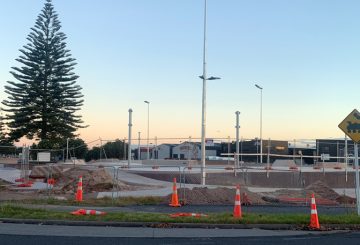マウェラ・カレタイと息子のジャック・カレタイ・バレットは、サバイバル用品を自宅のバックパックや車に収納して、自然災害への備えを万全に整えています。地元の研究者であるマウェラは、ニュージーランドの町ファカタネは、2011年に日本で起きたような大地震と津波に備える必要があると警告している。
北島の東海岸沖にあるヒクランギ沈み込み帯を研究している科学者たちは、今後50年以内に大地震が発生する可能性があると予測しています。マグニチュード9.1の地震になる可能性は 25% あります。Maweraは、資源が都市に向けられるため、このような出来事はインフラに大きな被害をもたらし、孤立を招く可能性があると警告しています。
Maweraは来月に向けて、地質学研究機関であるGNSの地震学者を対象とした一連のワークショップを開催した。彼女は、町には地震に対する十分な備えができていない人が多いと考えている。ワークショップでは、町の下の沈み込み帯など、危険にさらされているさまざまな断層線について議論します。参加者は、コミュニティを安全に保つための行動計画を持って出発する必要があります。
マウェラは、町への避難計画がないことへの懸念について、ファカタネ地区議会に話を聞いた。市議会は、防災教育に対する地域社会の認識と理解を深めることに取り組んでいると述べています。
同協議会は、津波と洪水のリスクに対する新たな避難プロセスと手順を開発するための複数の機関によるプロジェクトに着手した。また、自然災害が発生した場合に緊急支援物資を提供するために、地区全域に民間防衛センターを建設中です。
このワークショップは、ビジネス・イノベーション・雇用省のエンデバー・ファンドが資金提供する「Our Changing Coast」と呼ばれる研究プロジェクトの一環です。このプロジェクトでは、沿岸地域における陸地の移動や海面上昇などの要因を調査しています。マウェラは、これらの地域に住む若者への影響を調査するよう依頼されている。
ワークショップは6月の最終週に予定されています。ワークショップの成功次第では、ニュージーランドの沿岸全域に拡大されるかもしれません。


















































-360x245.jpg)









